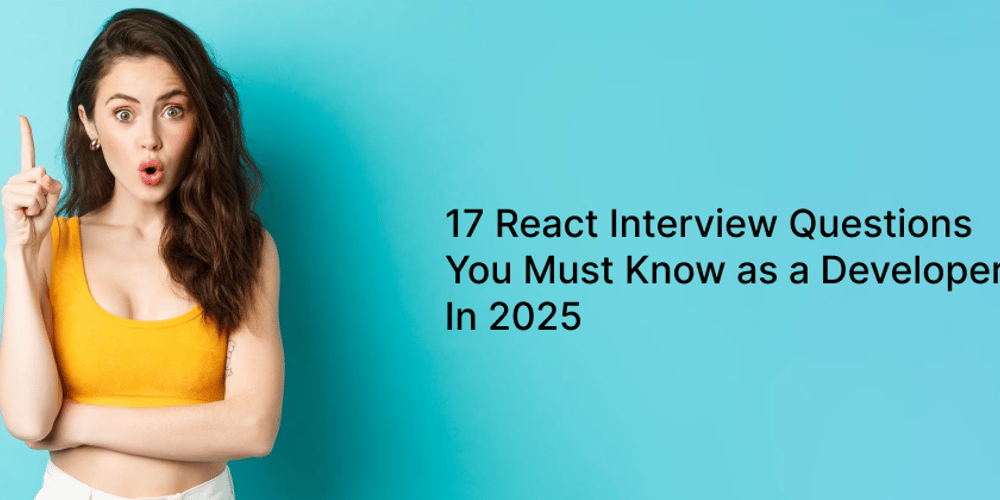Dev
4w
235

Image Credit: Dev
17 React Interview Questions You Must Know as a Developer in 2025
- React is a crucial skill for Frontend Developers in 2025, and this article provides 17 React interview questions covering core principles and advanced concepts.
- The React Virtual DOM concept involves syncing a virtual representation with the actual DOM to boost performance by updating only necessary parts.
- React has two types of components: Class Components (traditional) and Functional Components (preferred with React Hooks for state management).
- Keys in React are used to optimize rendering in lists by reusing DOM elements and identifying item changes.
- Controlled components manage form data with React state, while uncontrolled components use DOM directly, preferred for ease of data management.
- Transpiling JSX code to JavaScript using tools like Babel is necessary for browsers to interpret JSX syntax.
- JSX prevents injection attacks by treating user input elements as plain text, avoiding execution of harmful scripts.
- Styling React components can be done using CSS files, inline CSS, CSS-in-JS modules, or CSS Modules for various advantages and customization.
- Synthetic events in React provide a consistent event handling API across different browsers for reliable functionality.
- StrictMode in React helps detect and log potential issues in components during development, ensuring adherence to best practices.
Read Full Article
14 Likes
For uninterrupted reading, download the app